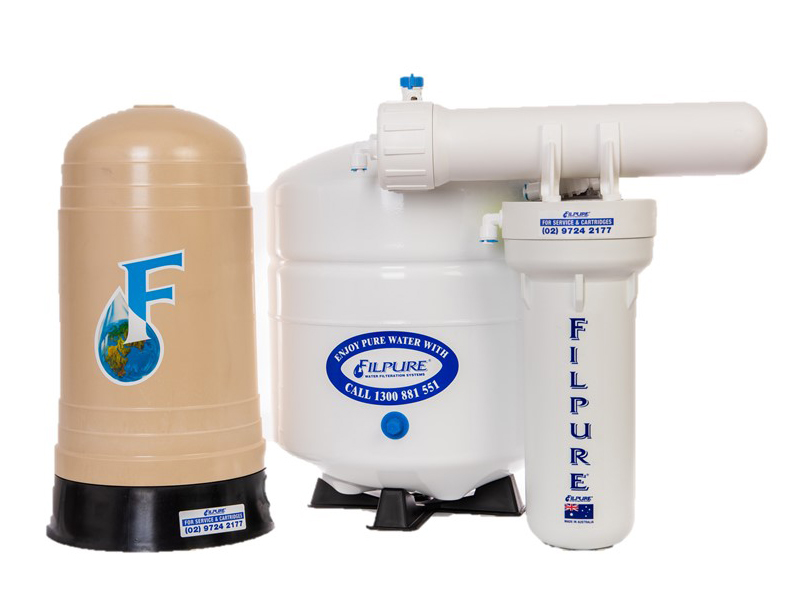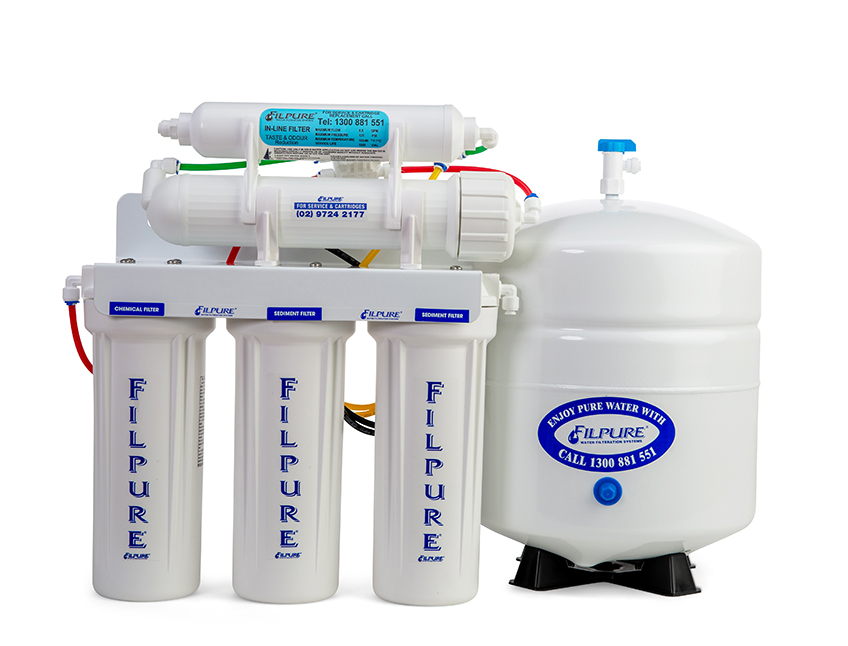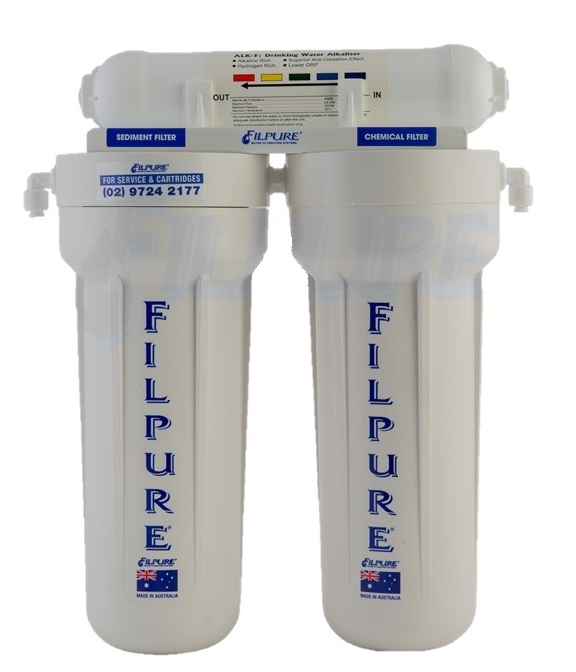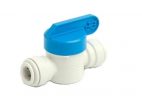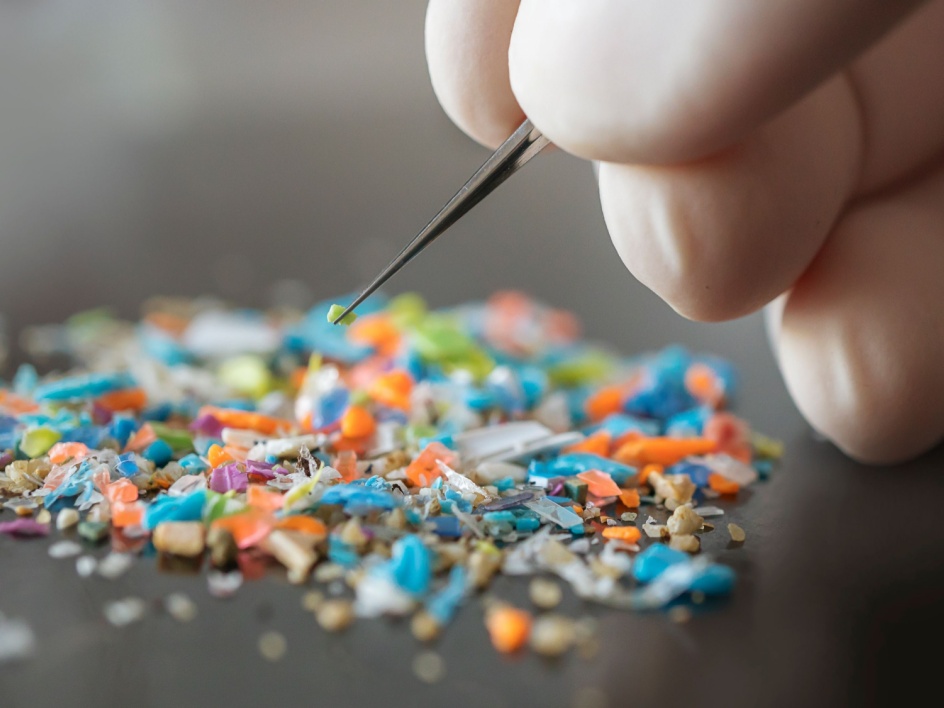
Should You Be Worried About Microplastics in Water?
Microplastics, tiny plastic particles less than 5 millimetres in diameter, have become a growing concern in water supplies worldwide, including in Australia. These particles originate from various sources, such as the breakdown of larger plastic debris, synthetic fibres from clothing and microbeads from personal care products. Recent studies have detected microplastics in Australian water supplies, raising alarm about their potential health effects and environmental impact.
A Serious Concern
The presence of microplastics in water has been increasingly reported across Australia. A study by the University of Newcastle found that Australians could be ingesting approximately 2,000 microplastic particles each week through water, food and air. This contamination is not limited to surface waters; microplastics have also been found in groundwater and even bottled water. The pervasive nature of microplastics in water supplies has heightened public and scientific concern.
The potential health effects of microplastics are still being researched, but early findings suggest several risks. Microplastics can act as vectors for harmful chemicals and pathogens, which can leach into the human body. These particles can cause inflammation and cellular damage when ingested, inhaled, or absorbed through the skin. Additionally, there is concern that microplastics can disrupt endocrine function and contribute to various health problems, including reproductive issues and cancer.
Eliminating Microplastics
Given these potential health risks, it is crucial to consider methods to eliminate microplastics from drinking water. One effective solution is the use of advanced filtration systems, such as reverse osmosis (RO) units. Reverse osmosis systems are designed to remove a wide range of contaminants, including microplastics, from water. These systems work by forcing water through a semi-permeable membrane that traps particles larger than 0.0001 micrometres, effectively filtering out microplastics and other impurities.
Research has shown that reverse osmosis systems are highly effective in removing microplastics from drinking water. For instance, a study published in the journal *Water Research* demonstrated that RO systems could eliminate over 99% of microplastic particles. This high level of efficacy makes reverse osmosis a reliable option for households concerned about microplastic contamination.
Staying Informed and Protecting Our Health
The presence of microplastics in water is a legitimate concern in Australia and beyond. While the full extent of their health effects is still under investigation, existing evidence suggests potential risks that warrant attention. Investing in a reverse osmosis filtration system can provide an effective solution to ensure safe and clean drinking water, free from microplastics. This not only protects health but also offers peace of mind in an era of increasing environmental pollution.

